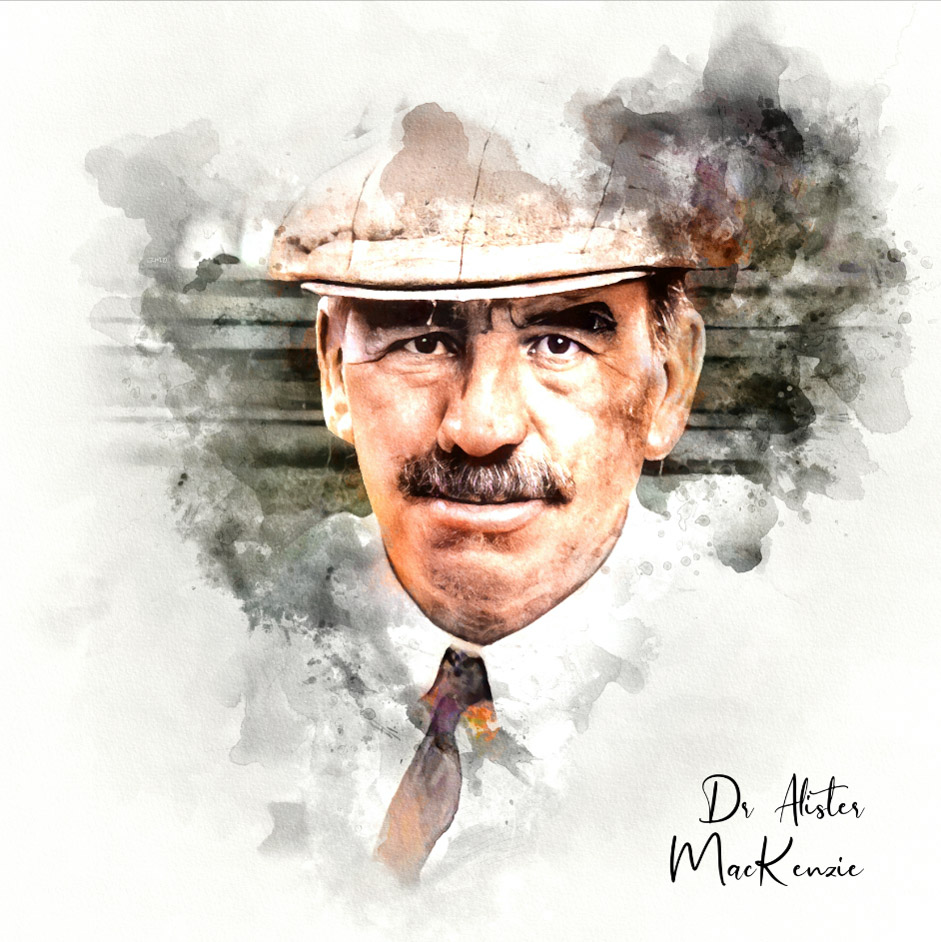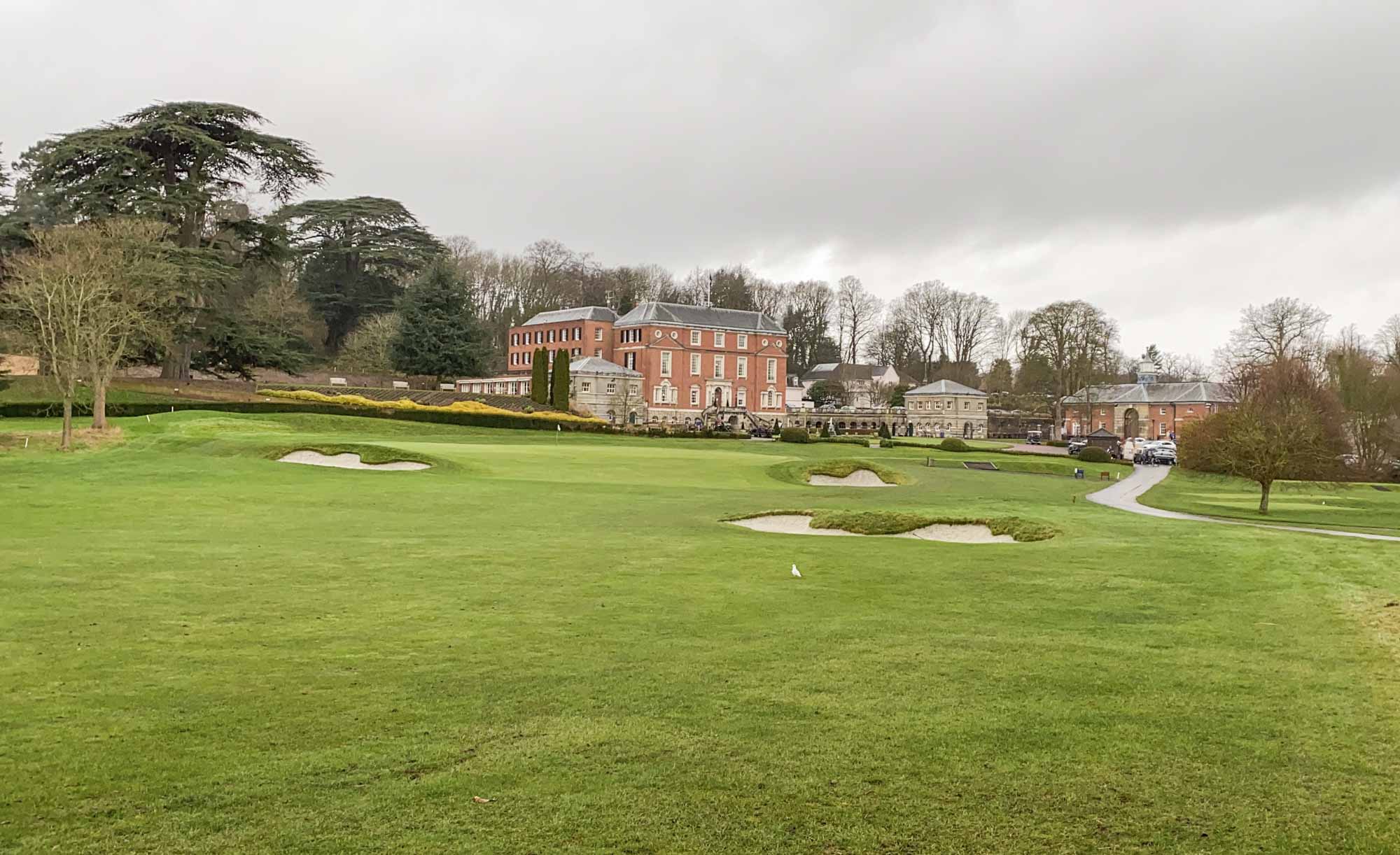Royal Automobile Club

Overview
Royal Automobile Club has no connection now with the RAC, as is popularly thought. The golf course is for the use of members and guests and is not available to the pay and play public.
Hence, Royal Automobile Club is not a private golf club but rather a private club with a golf course! It's also not a Royal Golf Club but rather a Royal Club with a golf course.
In 1925, an 18 hole Putting Course was opened close to the clubhouse at Royal Automobile Club. It sadly no longer exists.
Golf Course Review
The Old Course at Royal Automobile Club, also known as Woodcote Park, is a Royal Club but not a Royal Golf Club. King Edward VII granted the Royal moniker to the Automobile Club, which just happens to have a golf course. On the high end of the golf course, views are given of Epsom Downs.
Royal Automobile Club - A, B & C Nines
The golf course was designed by Herbert Fowler opened for play on March 20, 1915. It was reported that 27 holes had been designed and constructed. The three nines were known merely as the A, B, and C courses. Royal Automobile Club opened with a match between James Braid and Harry Vardon v. Willie Watt and George Duncan.
When Royal Automobile Club opened it was the longest golf course in the country at 6840 yards. By 1921, the course had been shortened to 6590 yards and then 6300 yards. They did this by adding two more one-shot holes bringing the total from two to four. Bill Ball carried out the work, the father of Tom Ball of Hoylake fame. It was reported that the sequencing of the holes was redone at this time. In 1935, the course again measured north of 6500 yards.
The A Course would equate to the back nine of The Old Course and The B Course would equate to the front nine of The Old Course. It was long held that the original routing remains largely intact with the exception of the closing holes. Holes 16 & 17 are not Fowler. 18 is not wholly Fowler, although some elements (green site) still exist (assuming holes 16-18 are his, as shown in 1931 aerial). How many alterations were made by William Ball is unknown. but we can confirm that two of the par 3's are not Fowler's. The Fowler C Course has been lost altogether. (See Coronation Course below) This is further seen and attested to in the 1945 RAF photograph.
Royal Automobile Club's Bunkering
Some have suggested Tom Simpson was responsible for the bunkering at Royal Automobile Club. However, the report from the course opening clearly attributes the original bunkering to Herbert Fowler. There were huge bunkers in play, with one greenside bunker measuring 45 yards in length and 12 yards in width. There is mention of steep cliff-faced bunkers but only where justified. For the most part, the bunkers were shallow with 'easy' slopes rather than vertical banks. The entrances to the greens also appear to have been guarded, being described as 'tight' and having 'highly fortified narrows leading to the open greens.'
When comparing the photos of opening day in 1915 to the aerial in 1931 you can immediately spot differences, especially on the modern 18th green. The conclusion? Even between 1915 and 1930 there must have been a reduction in the number of bunkers that Herbert Fowler originally planned, designed, and constructed.
Post War Coronation Course
The Royal Automobile Club Old Course is now joined by the 18 hole Coronation Course. These 18 holes are routed where Fowler had put just 9. Opened after WW2 in 1953, it sits on the land which had been used for food production in support of the war effort. It is assumed the Herbert Fowler C Course was sacrificed along with portions of the original 16-18 holes in service to King and Country.
Royal Automobile Club Reviews
Royal Automobile Club - Videos
Watch the official royal automobile club promo video

Featured Architect: MacKenzie, Alister
As taken from his book, Golf Architecture, Alister MacKenzie felt the following were essential: The course, where possible, should be arranged in two loops of nine holes. There should be a large proportion of good two-shot holes and at least four one-shot holes. There should be little walking between...









